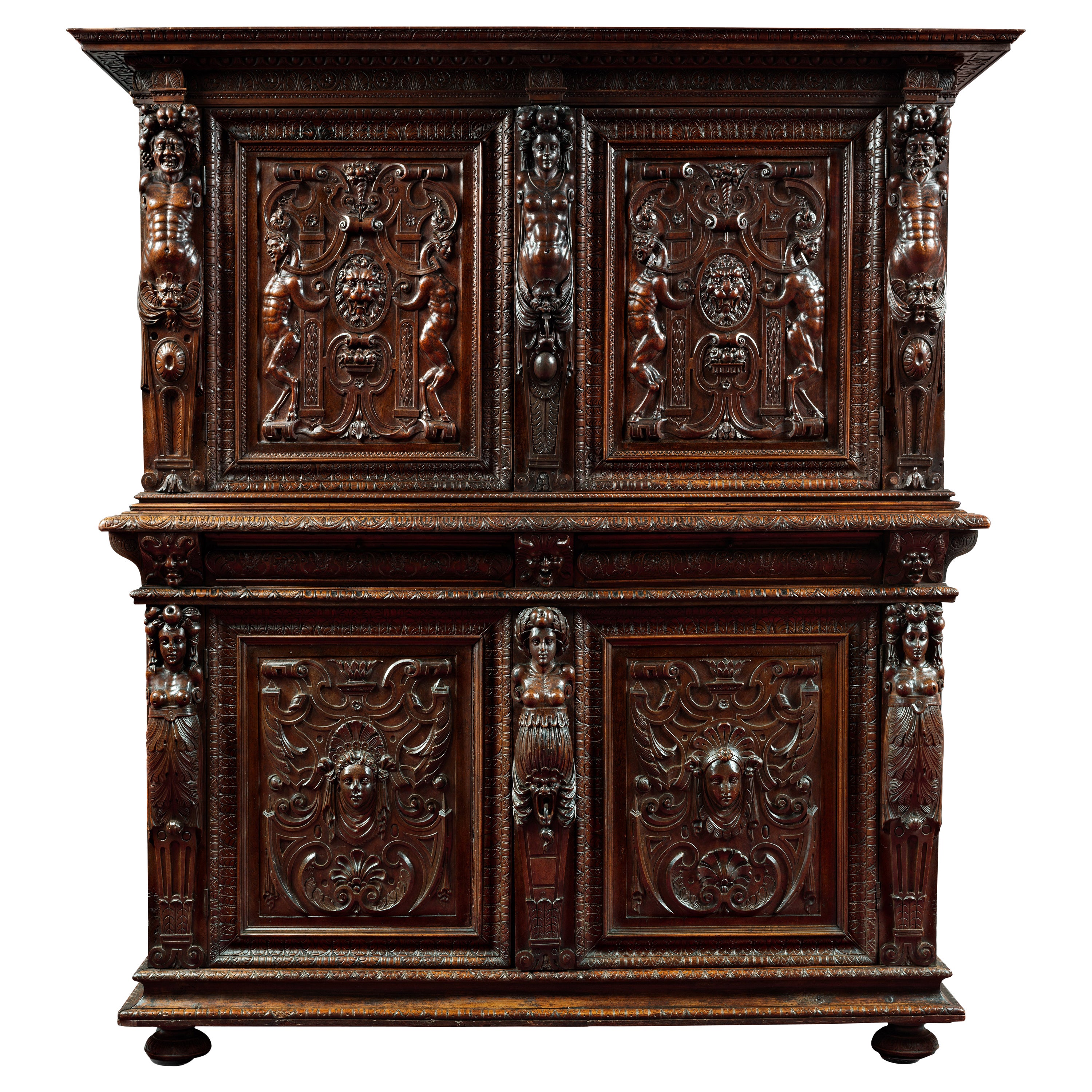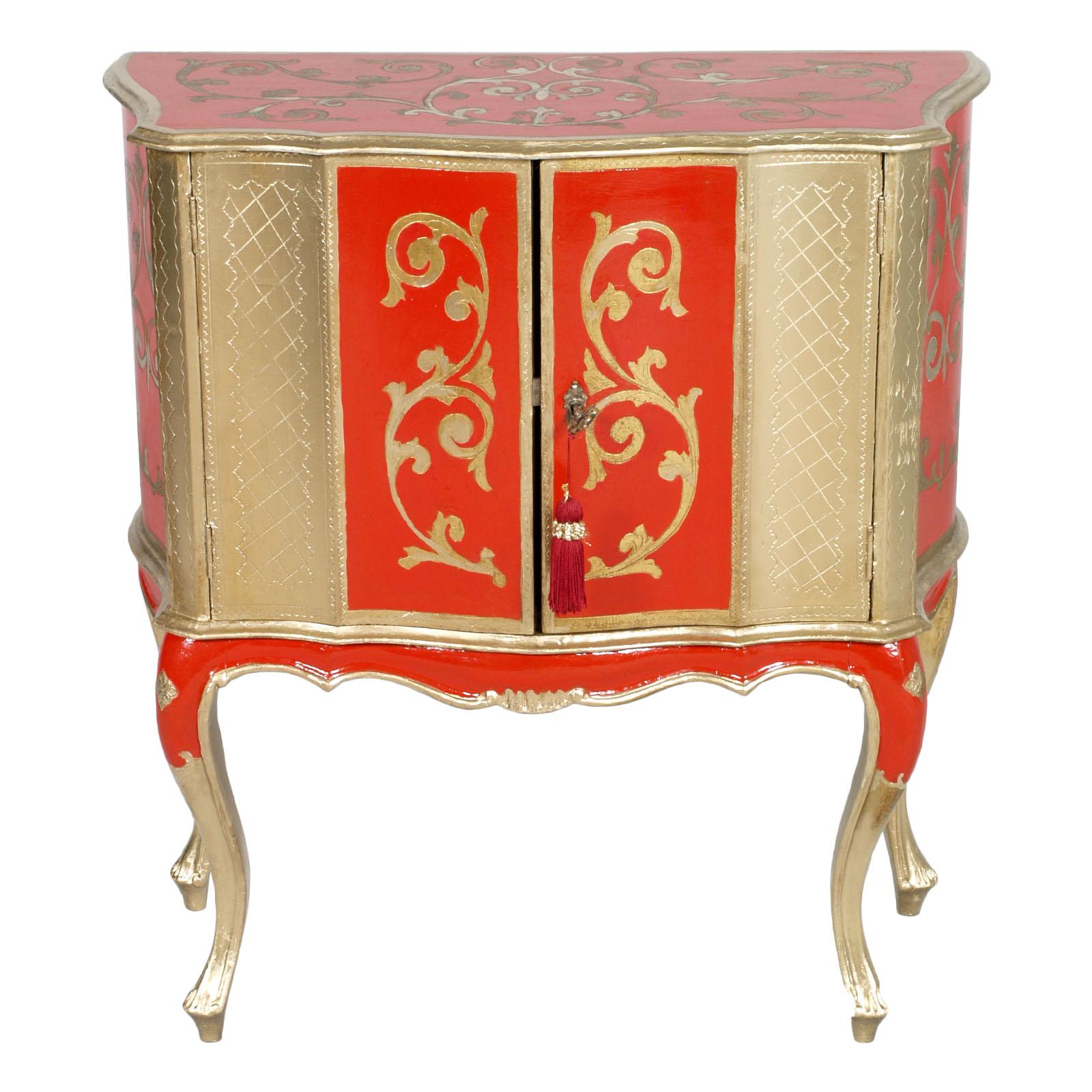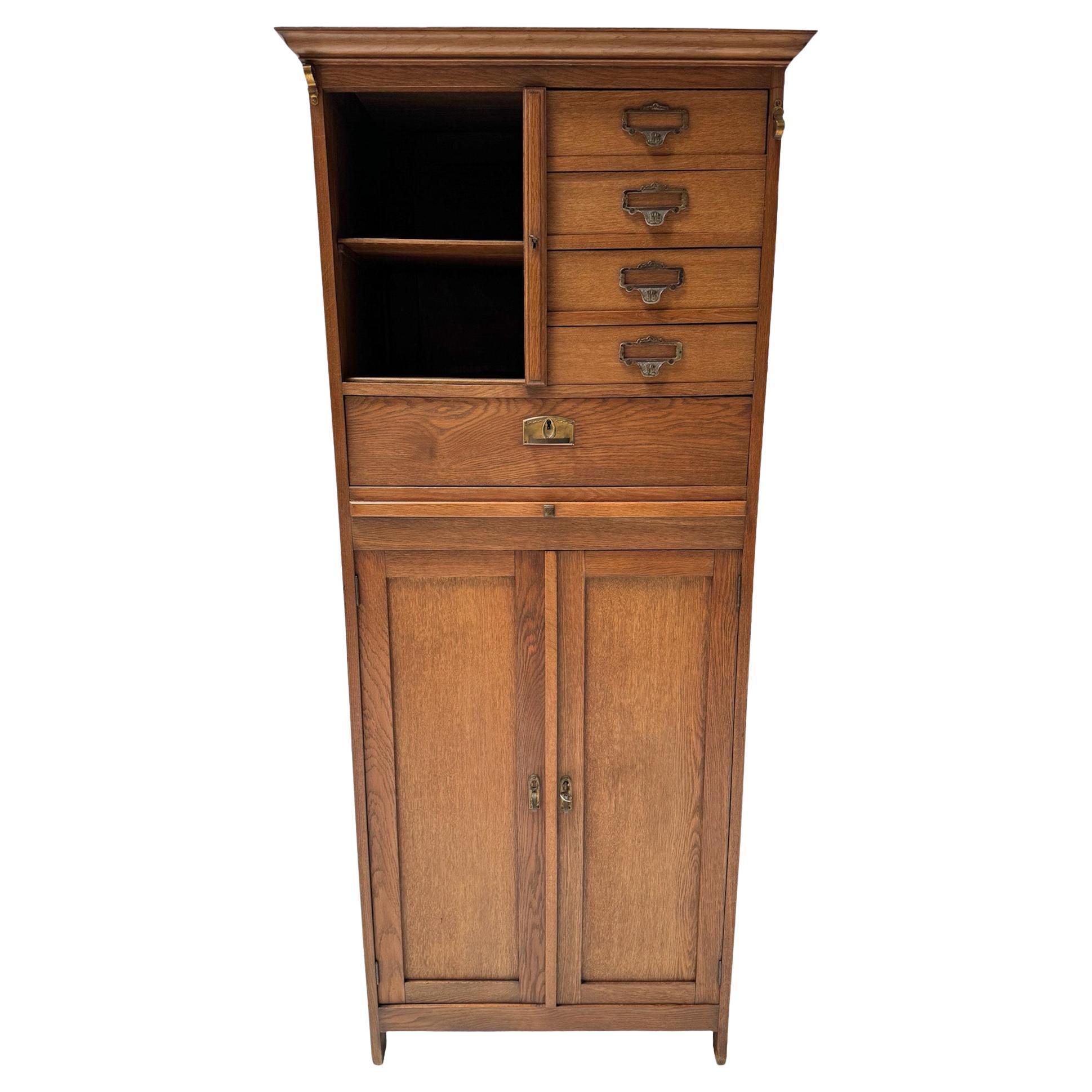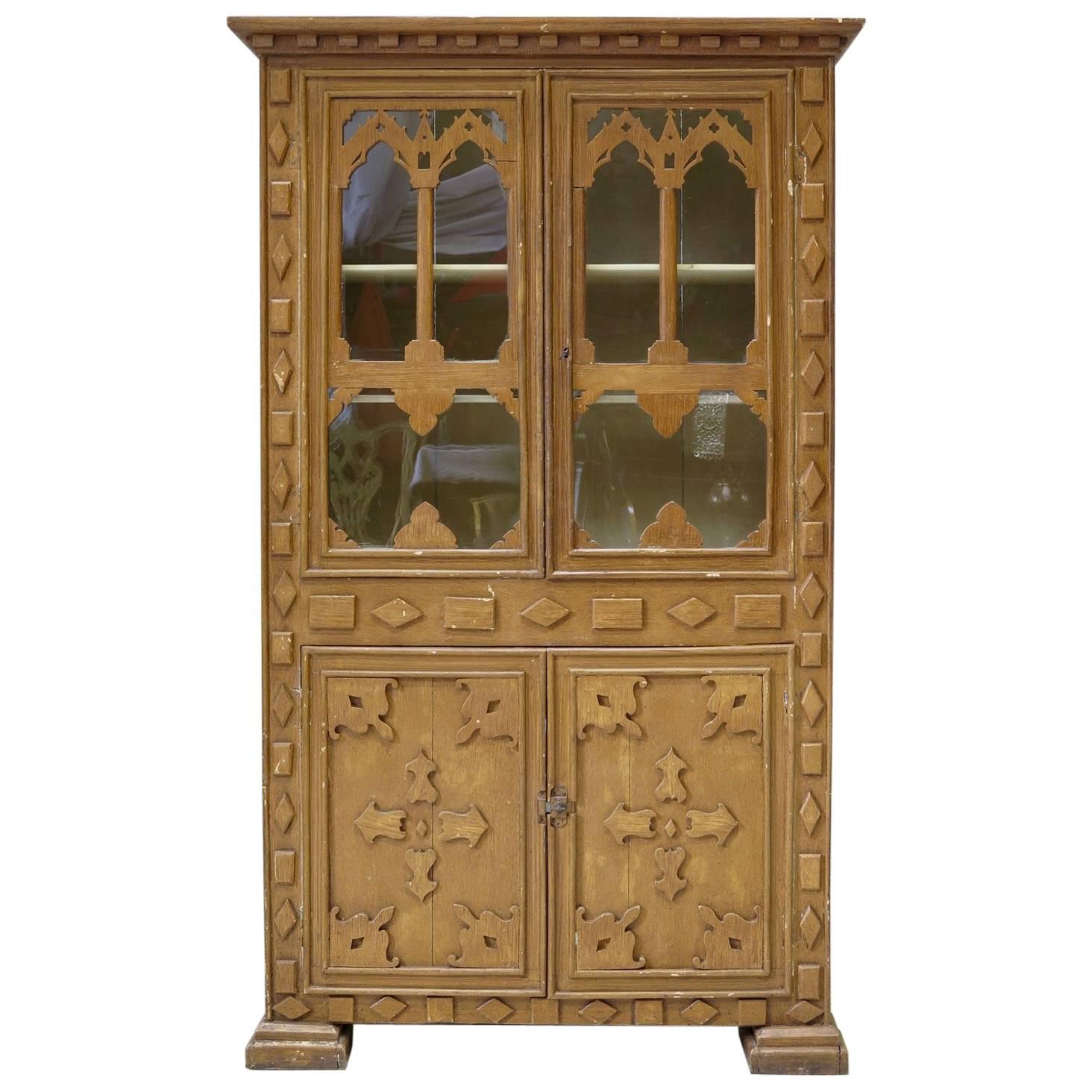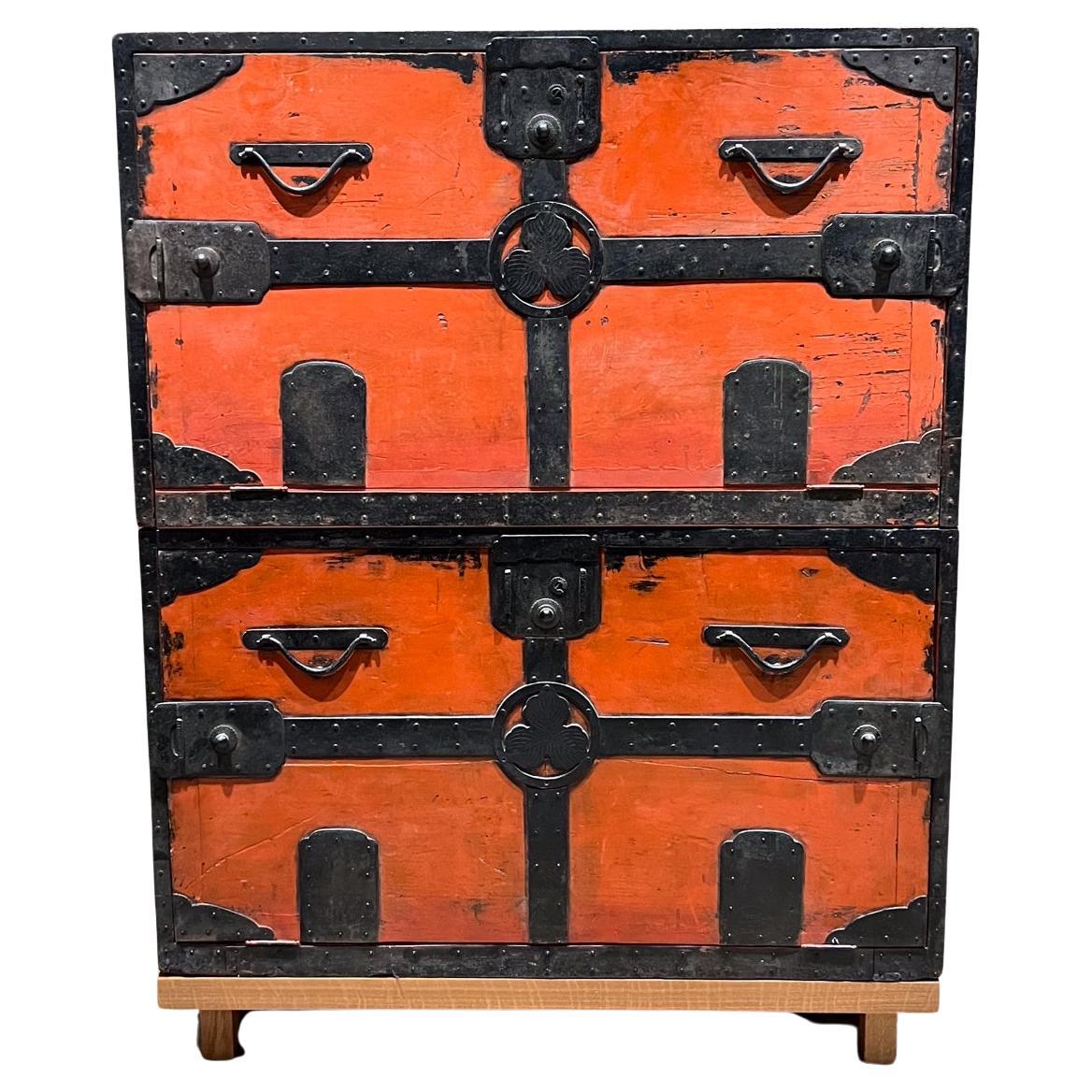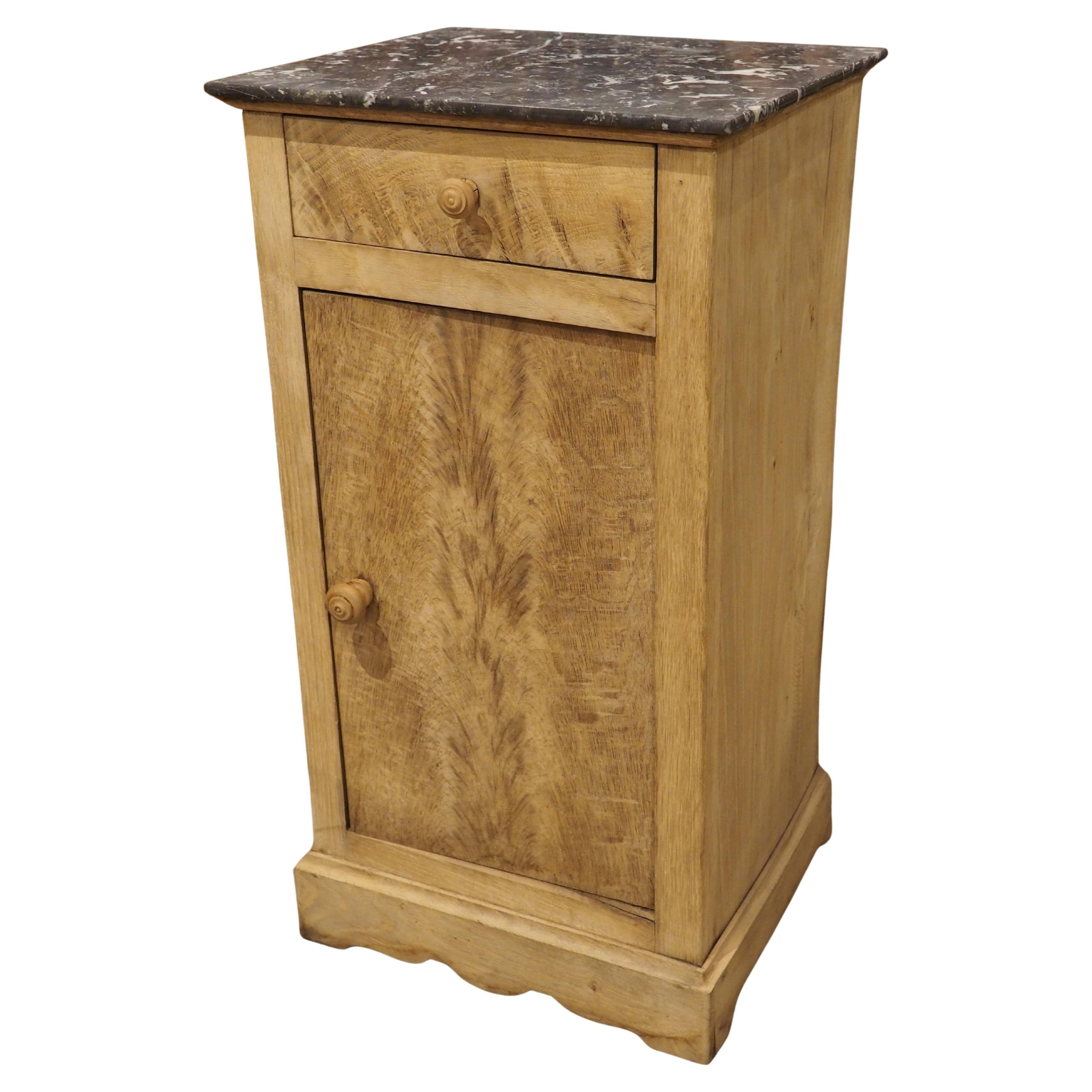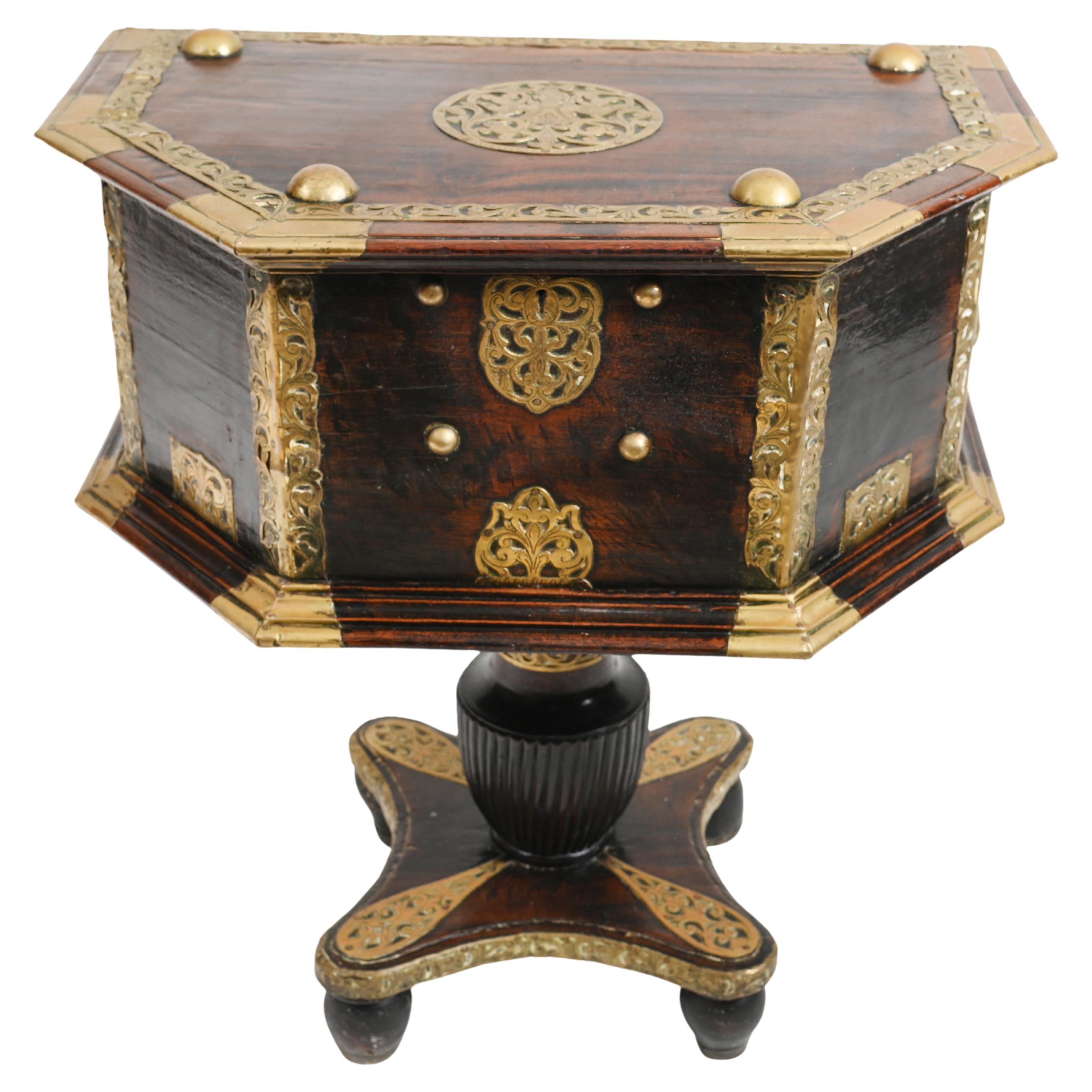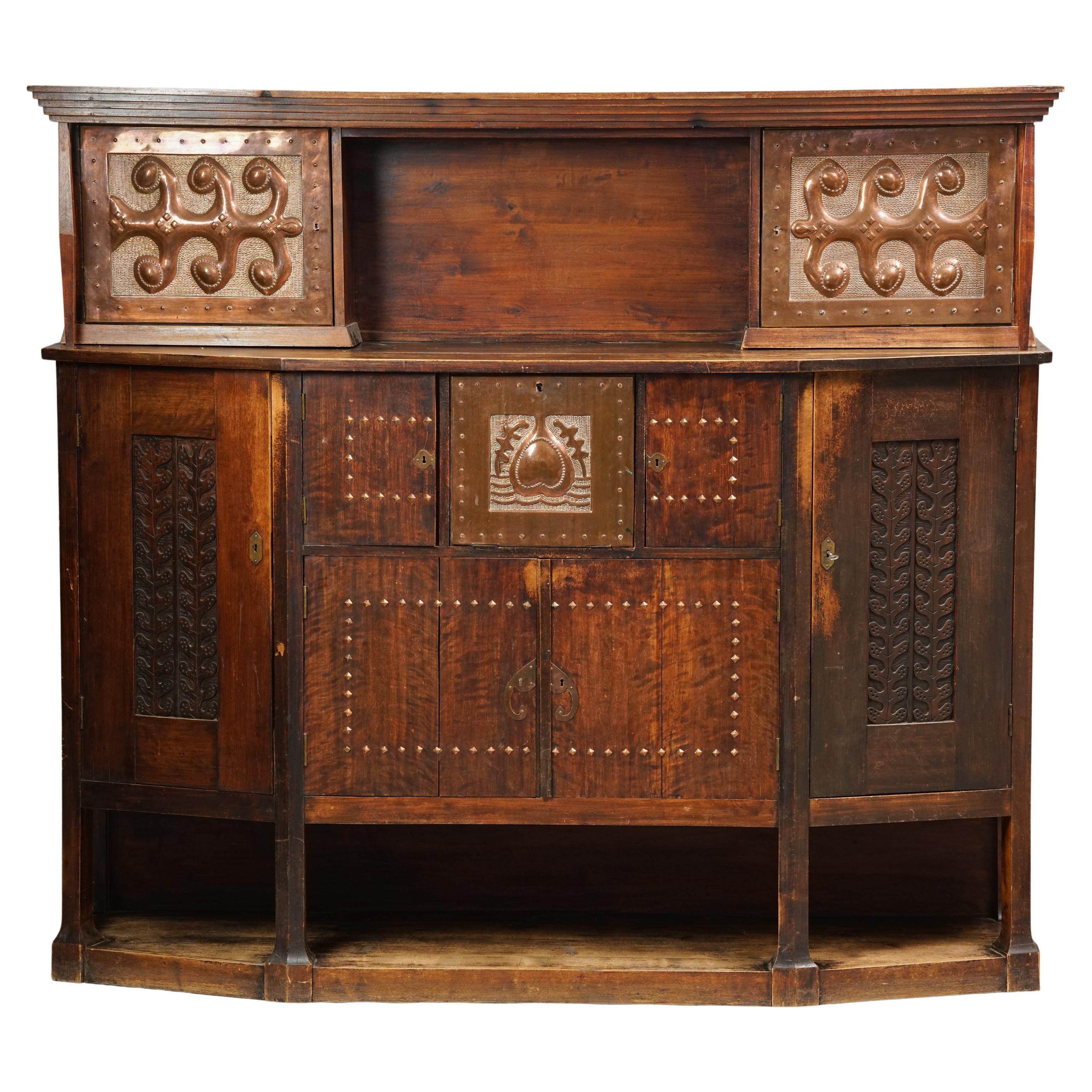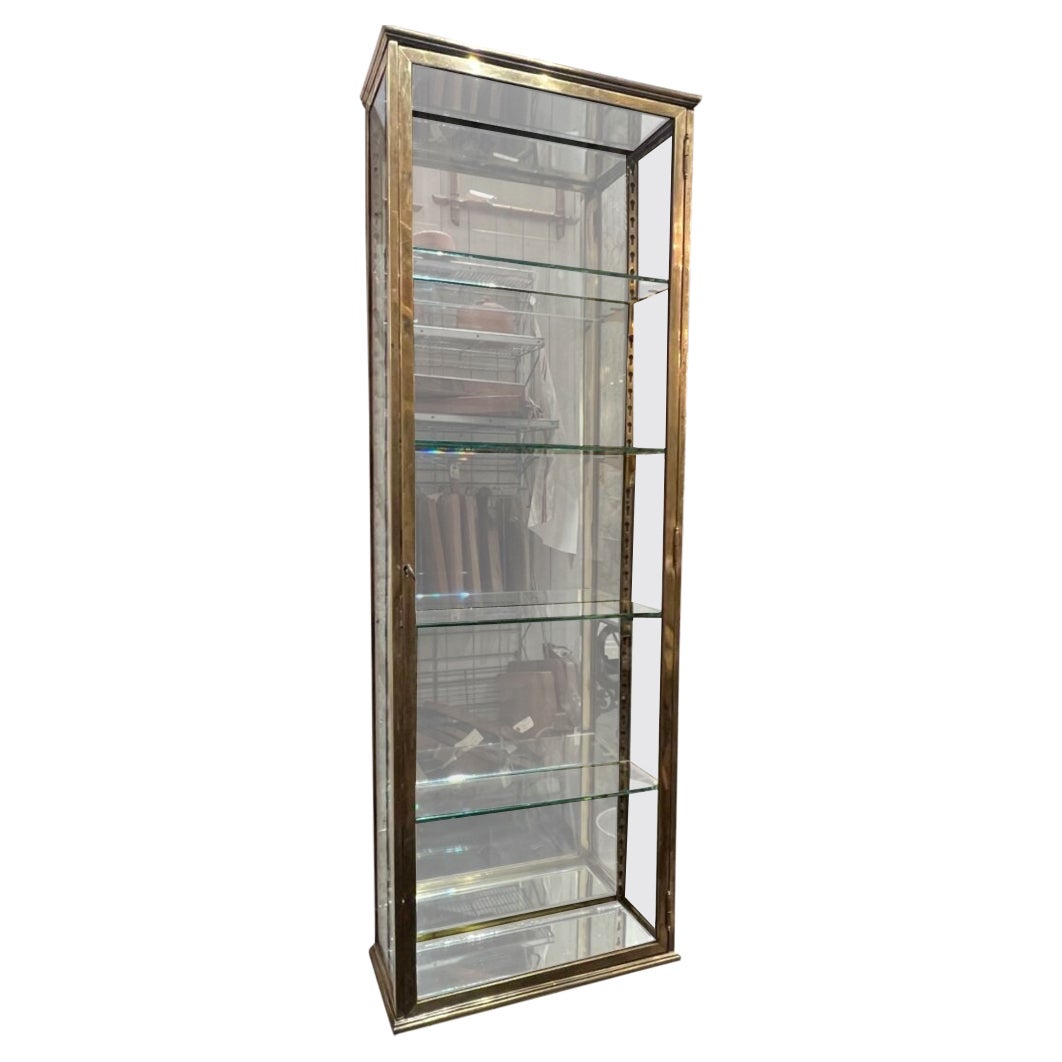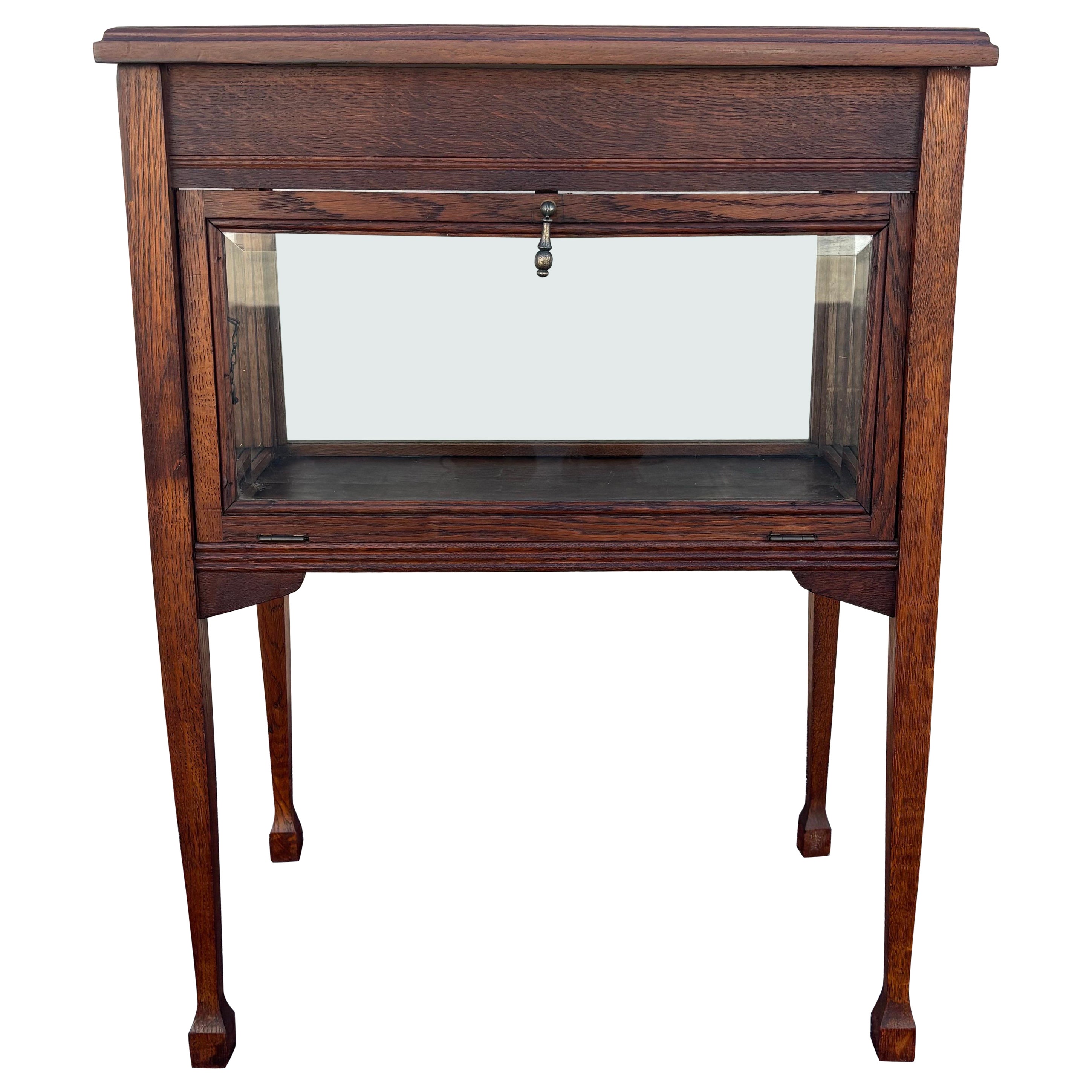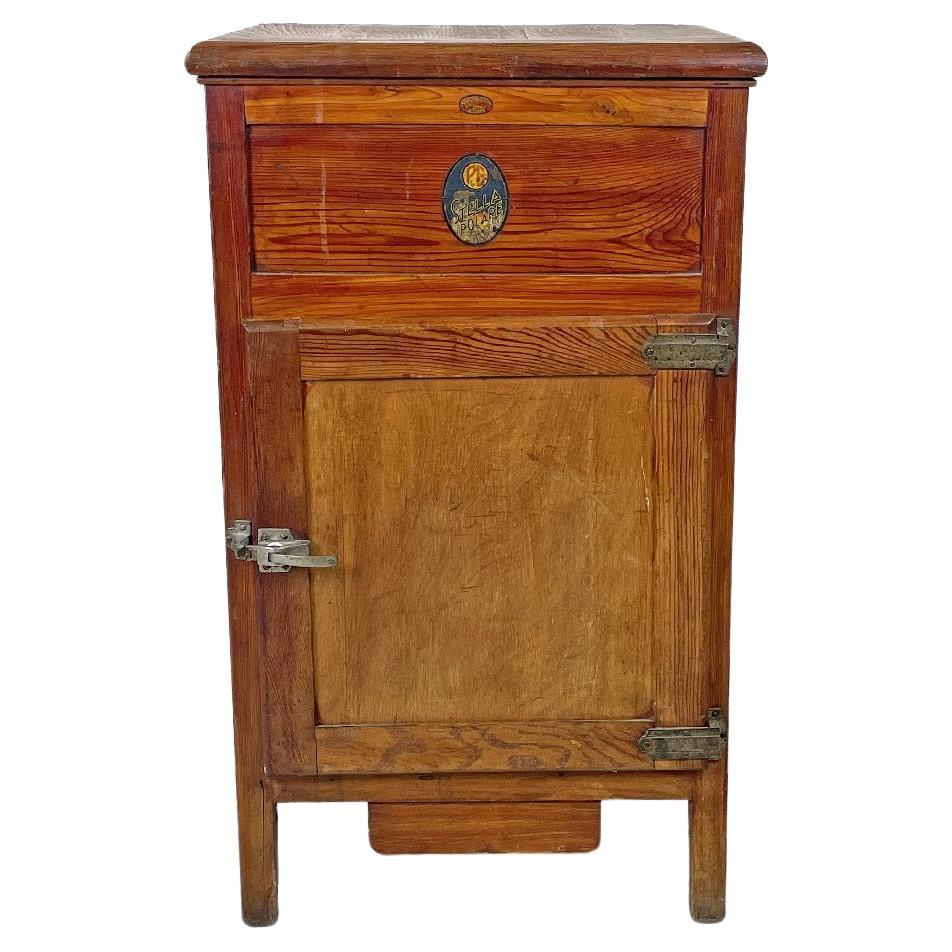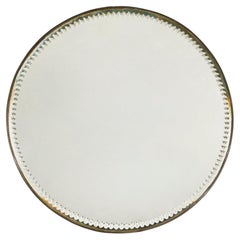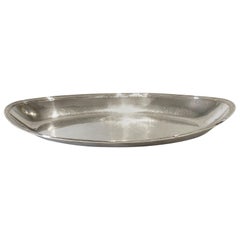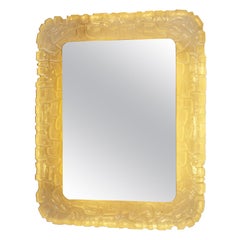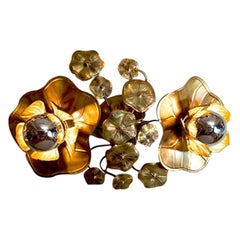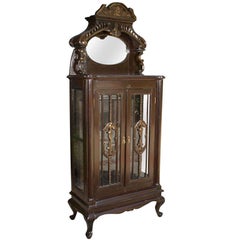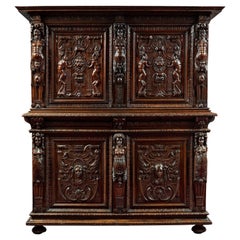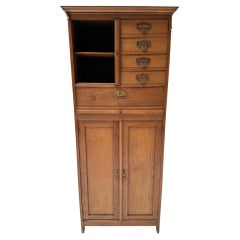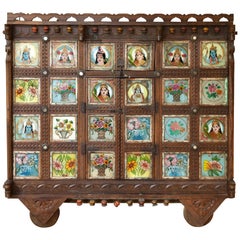
Early 1900s Back-Painted Dowry Chest from India’s Rajasthan or Gujarat Region
View Similar Items
Want more images or videos?
Request additional images or videos from the seller
1 of 10
Early 1900s Back-Painted Dowry Chest from India’s Rajasthan or Gujarat Region
About the Item
- Dimensions:Height: 48.43 in (123 cm)Width: 52.37 in (133 cm)Depth: 25.6 in (65 cm)
- Materials and Techniques:
- Place of Origin:
- Period:
- Date of Manufacture:1900
- Condition:
- Seller Location:London, GB
- Reference Number:1stDibs: LU897220358642
About the Seller
5.0
Vetted Professional Seller
Every seller passes strict standards for authenticity and reliability
Established in 1978
1stDibs seller since 2010
207 sales on 1stDibs
Typical response time: 2 hours
Authenticity Guarantee
In the unlikely event there’s an issue with an item’s authenticity, contact us within 1 year for a full refund. DetailsMoney-Back Guarantee
If your item is not as described, is damaged in transit, or does not arrive, contact us within 7 days for a full refund. Details24-Hour Cancellation
You have a 24-hour grace period in which to reconsider your purchase, with no questions asked.Vetted Professional Sellers
Our world-class sellers must adhere to strict standards for service and quality, maintaining the integrity of our listings.Price-Match Guarantee
If you find that a seller listed the same item for a lower price elsewhere, we’ll match it.Trusted Global Delivery
Our best-in-class carrier network provides specialized shipping options worldwide, including custom delivery.More From This Seller
View AllSorcerer's mirror display tray, Circular 1900s, stamped Made in England to back
Located in London, GB
Attractive sorcerers wall, dressing-table or display mirror. Bevelled mirror with decorative cut circular rim. Perfect for displaying perfume bottles or glassware.
Category
Antique Early 1900s English Wall Mirrors
Materials
Mirror
1950s Silver Oval Tray or Dish
Located in London, GB
Continental silver oval dish or tray – perfect for bathroom display, serving dish or as a dressing-table accessory.
Category
Vintage 1950s Decorative Dishes and Vide-Poche
Materials
Silver
1960s Italian rectangular scultpured ice frosted Resin Back-Lit Mirror
Located in London, GB
Unusual and substantial back lit mirror with textured concave frame sculpted in irregular cubes of frosted resin. A statement piece Ideal for bedroom, ba...
Category
Vintage 1960s Italian Mid-Century Modern Wall Mirrors
Materials
Mirror, Resin
Double Lotus Brass Flower Light for wall or ceiling
By Valerie Wade
Located in London, GB
Designed by Valerie Wade and hand-crafted by artisans in solid brass in England, the lines on every leaf and petal are detailed by hand. All flowers and leaves are soldered together ...
Category
21st Century and Contemporary British Wall Lights and Sconces
Materials
Silver, Brass
$3,246 / item
Red Murano glass heart vase or objet d'art
Located in London, GB
Substantial perfectly shaped heart vase in smoothly curved ruby red Murano glass with clear glass surround. A wonderful standalone objet d'art as well as a flower vase. Signed Murano...
Category
1990s Italian Vases
Materials
Murano Glass
Extra large Red Murano glass heart vase or sculpture
Located in London, GB
Substantial perfectly shaped heart vase in smoothly curved ruby red Murano glass with clear glass surround. A wonderful standalone objet d'art sculpture as well as a flower vase. Sig...
Category
1990s Italian Vases
Materials
Murano Glass
You May Also Like
Early 1900s Curio Cabinet
Located in Pasadena, CA
Early 1900s lighted curio cabinet with glass doors.
Category
Early 20th Century American Vitrines
Materials
Glass, Wood
$2,100 Sale Price
12% Off
Renaissance Cabinet from Burgundy or Lyon Region
Located in Saint-Ouen, FR
Renaissance cabinet from Burgundy Or Lyon Region
Origin : Burgundy Or Lyon, France
Period : Second Half 16th Century, C. 1580
Height : 209cm
Length : 184cm
Depth : 71cm
Good condition
Walnut wood, original keys and keyholes
Around the middle of the 16th century the conception and ornamentation of French furniture evolves. The start of major building projects, such as the castle of Fontainebleau, gives artists a new impulse. Inventive and rich formulas are developed there, before spreading to all of Europe thanks to engravings and printed leaflets. Furthermore, Italian artists working on such construction sites bring French artists and patrons a renewed taste for the Antique.
Regarding the art of furnitures, the most complex scenes and figures are drawn from illustrated books, ornament and emblem compendiums and engraving compilations. Rather than copying those images the artisans feed their inspiration and decline the motifs in numerous variations.
The ornamental grammar marks a return to the Antique : palm leaf, acanthus, egg-and-dart, greek, scroll, fluted pilaster… It is in Primaticcio’s and Il Rosso’s stuccos made around 1540-1550 that we have to look for the origin of leather cut-outs, masks, chimaeras, harpies, sheathed figures, fruit and flower garlands that soon enrich every pieces of French furniture.
The structure of the pieces of furniture also evolve thanks to the re discovery of Antique architectures, rigorously used as a model.
This cabinet presents an imposing structure and a rich and original decor exemplifying the production of the late 16th century, infused with Italian, Antique and Fontainebleau influences.
It stands on a moulded base ornate with palm leaves. It opens with four door-leaves and two drawers in the belt. Six whimsical terms divide the facade.
The lower body is horizontally divided by three sheathed female terms. The two standing on the lateral posts are topped with fruits while the body is covered by acanthus leaves carved with precision, belted at the waist. The term standing on the central door-jamb is crowned with laurel leaves and is draped in the Antique fashion. A wincing mask hides the key hole.
The two door-leaves are centred by a beautiful mask carved in a strong relief. They wear stylised feathered headdress and are set on draperies. Straps, leather scrolls, acanthus leaves and a shell are spread around the masks. The recessed panels are secured in frames ornate with acanthus leaves.
The belt is flanked by two large mouldings enriched with variations of acanthus leaves. The drawers are carved with choux bourguignons and palm leaf motifs minutely executed. The consoles between each drawer bear tormented wincing masks, showing horns as if they were fauns or imps.
The upper body is framed by two male terms characterised by a strong and nervous musculature, their manhood hidden by drapes secured thanks to a winged lion head. The term on the left appears to be younger and is wincing while the one on the right has a beard. The central female term brings contrast with her youth and sensuality. As it is the case on the lower body, the key hole is hidden behind the mouth of a faun’s mask placed on the drapes barely covering the intimacy of the caryatid.
The panels of the upper body present an idealised architecture comprising pilasters and sinuous broken pediments. The pilasters are flanked by two satyrs with goat legs. In the centre appears an important lion mask.
The terms of the upper body support the cornice. The entablature carries palm leaves and roses alternating as well as an egg-and-dart frieze. The cornice is adorned with acanthus motifs.
On the sides, the carving is executed flat. A central rose is surrounded by scrolls, flowers and choux bourguignons.
We can admire the variety of the elements employed. The artist vary with great genius many different ornamental motifs : palm leaf, egg-and-dart, laurel leaf, roses, scrolls … But the artist went even further as each profile and each face is individualised and presents different features. You can take a look at the faces of the satyrs flanking the upper body’s panels. The talent of the artist is undeniable.
It makes no doubt the patron who commissioned this cabinet was an aesthete looking for the greatest quality.
The artist who authored this cabinet had a great mastery of composition both in the general design and in the individual panels. They probably drew inspiration from engravings and drawings made especially for the making of this piece of furniture or not. They seem to be familiar with the style of Jacques Androuet du Cerceau. Indeed, we can find in Du Cerceau’s engravings the same juxtapositions of leather cut-outs, masks and fruits. The terms and caryatids used on the facade could very well be inspired by his work as well. The cabinet-maker was also undoubtedly observant of Hugues Sambin, the most famous cabinet-maker and sculptor in the Burgundy of the time. Like Du Cerceau, Sambin left an important ensemble of models particularly useful for the design of cabinets. His publication De l’Oeuvre de la diversité des termes dont on use en architecture (1572) was an essential book for every artisan.
All the motifs testify of the artisan’s high knowledge of forms as well as the precision of their tools : super imposition of ornamental elements, foliages, architectural cut-outs, flat and high reliefs alternating, palm leaves inscribed in circular spaces, wincing faces. It is also a testimony of the artisan’s familiarity with Italian and Fontainebleau productions.
Because of the proficiency of the cabinet-maker in so many different models, this cabinet truly is a master-piece authored by the hand of an authentic master.
The generous carvings executed with great rigour and virtuosity evoke an origin close to Burgundy and Lyon workshops. This cabinet was made by a master of the region during the Second French Renaissance.
Literature
BOCCADOR Jacqueline, Le mobilier français du Moyen-Âge à la Renaissance, Édition d’art Morelle Mayot, 1996
BOS Agnès (dir.), Mobilier du Moyen âge et de la Renaissance, La collection du musée du Louvre, Louvre éditions...
Category
Antique 16th Century Renaissance Cabinets
Materials
Walnut
Early 1900s Small Sideboard from Florence, Gold Leaf and Florentine Red Lacquer
By Fratelli Ugolini
Located in Vigonza, Padua
Early 20th century, Art Nouveau period, small sideboard or nightstand from Florence, gold leaf widely engraved with characteristic decorations and Florentine red lacquer.
Measures i...
Category
Early 20th Century Italian Art Nouveau Cabinets
Materials
Gold Leaf
Art Nouveau Filing Cabinet or Bookcase, 1900s
Located in Amsterdam, NL
Magnificent and rare Art Nouveau filing cabinet or bookcase.
Striking Dutch design from the 1900s.
Solid oak base with five original drawers and one original pull out shelf.
Behind t...
Category
Antique Early 1900s Dutch Art Nouveau Cabinets
Materials
Brass
$1,955 Sale Price
20% Off
Neo-Gothic Style Faux-Bois Painted Cabinet from the Jura, circa 1900s
Located in Isle Sur La Sorgue, Vaucluse
Delightful and unusual pinewood cabinet from the Jura region of France, painted with a faux-bois effect. The style has elements reminiscent of the Gothic aesthetic. The top section h...
Category
Early 20th Century French Gothic Revival Cabinets
Materials
Pine
1900s Antique Japanese Tansu Red Cabinet Travel Chests
Located in Chula Vista, CA
1900s Antique Japanese Meiji Tansu Red Travel Cabinet
Set includes 2 cabinets with base.
Two wood cabinets with antique metal hardware
47 h x 36.25 w x 18 d
New leg base plus some repairs. Drop down door previously repaired.
Still not perfect. Needs TLC.
No key for locks. Storage missing hardware for door...
Category
Early 20th Century Japanese Anglo-Japanese Cabinets
Materials
Metal

